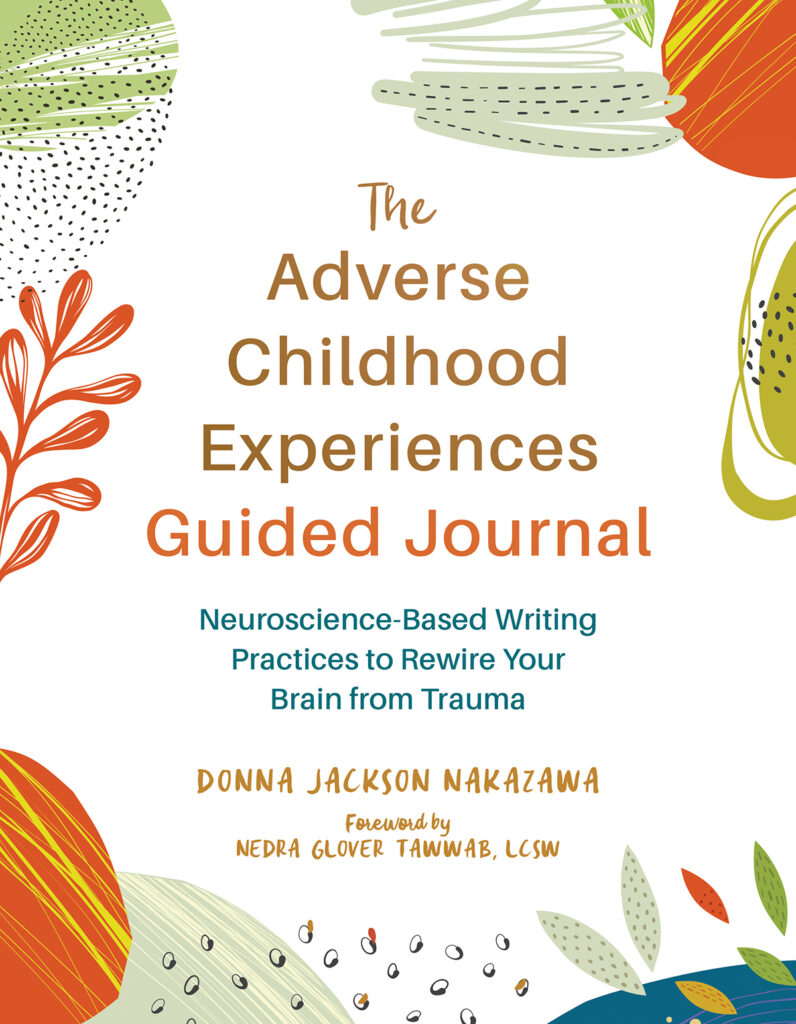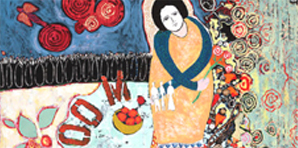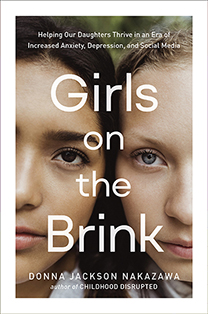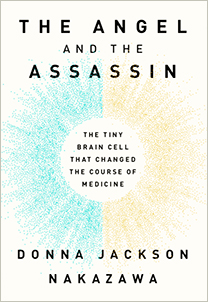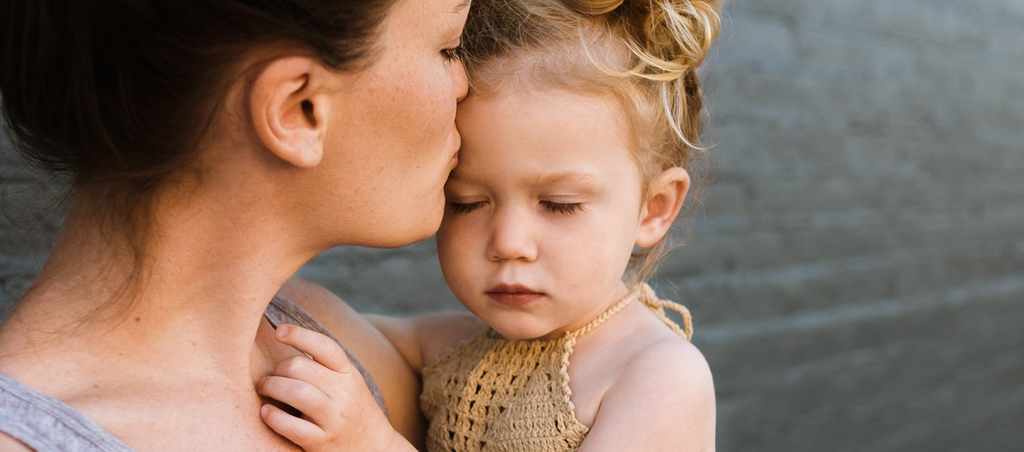
Begin to Uncover the Impact of Childhood Trauma with Writing-to-Heal Strategies
Have you ever wondered if experiences from your past might still be shaping how you feel and respond to life today? Unresolved childhood trauma can quietly linger, impacting both your mental and physical well-being. In my latest Substack article, I share eight signs that may reveal how these past experiences still echo in your day-to-day life—ruminating thoughts, critical self-talk, and judging others harshly are just a few of the indicators that unresolved trauma may be rooted in your nervous system. While we can’t change the past, we can take steps to understand and gently reshape how it affects us now, creating space for healing and resilience.
Your brain has an incredible ability to rewire old thoughts and emotions, and you can guide that powerful healing process through journaling. Writing about our childhood experiences helps us recognize our triggers and sets us on a path toward healing. The prompts I share in my book, on my Substack, and in my workshops are part of a trauma-informed, mindful Neural Re-Narrating program that I’ve had the privilege to teach in universities and behavioral health groups nationwide.
How do I begin with Writing-to-Heal?
Are you ready to begin exploring your personal history and how it has shaped you, but feel uncertain about where to start? Feeling stuck or sensing resistance in your body is completely normal. Often, we need a gentle nudge to move past that hesitation and take the first step. A writing-to-heal prompt can provide that guidance, helping you ease into the process of understanding and owning your story.
When I teach science-backed writing-to-heal strategies, one of the first exercises I introduce is drawing the floor plan of your childhood home. In my Substack article, I also share this drawing and narrative prompt—a gentle yet powerful way to begin exploring your own story. By simply sketching the layout of your childhood home, you can start to uncover memories and emotions that may have influenced who you are today. This exercise, paired with reflective writing prompts, opens a doorway to fresh insights, providing a unique bridge between past experiences and present well-being.
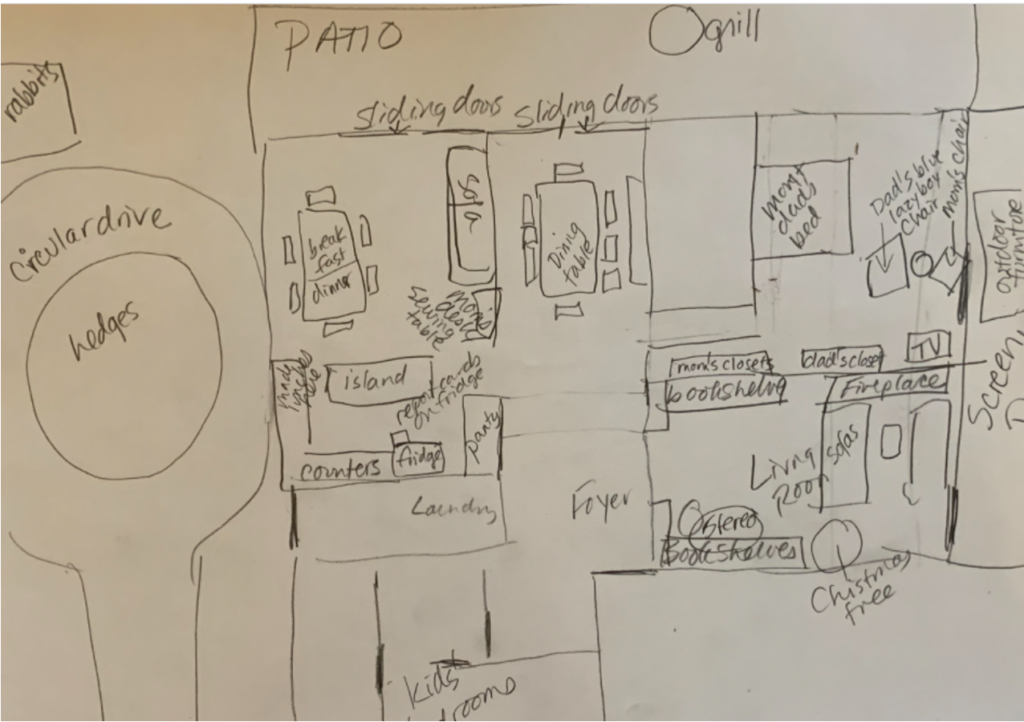
Try My Drawing and Narrative Writing Prompt
If this resonates with you, we encourage you to take a moment to try out the exercise in my article. As you draw and write, remember to show compassion to yourself—the child you once were and the person you are now. If any strong feelings arise, it’s okay to take it slow or even reach out to someone for support.
You can read the full article here. I hope it provides valuable tools and gentle guidance as you embark on this journey of self-discovery and self-reclamation.
Join the Healing Together Community
Did you find this exercise helpful? I’d love to hear your thoughts. For further discussion, join my community on Substack.
Right now, all my articles on Substack are free, and it’s a great time to get involved as we shape this supportive space together. Your presence and engagement mean the world to me! (In the future, I’ll be offering additional content, activities, and conversations for paid subscribers. If you want to support my work as a paid subscriber right now as we build this meaningful community together, thank you!)
And if you want many more strategies and neuroscience-based writing prompts, drawing exercises, and visualization practices to help you on your healing journey, might I suggest picking up a copy of my latest book, the Adverse Childhood Experiences Guided Journal and check out my Writing-to-Heal workshops here.
Thank you to everyone who has supported my work and continues to do so—I’m so grateful to be able to share my ideas with you. I truly believe in your ability to find peace and healing.
Yours,
Donna
